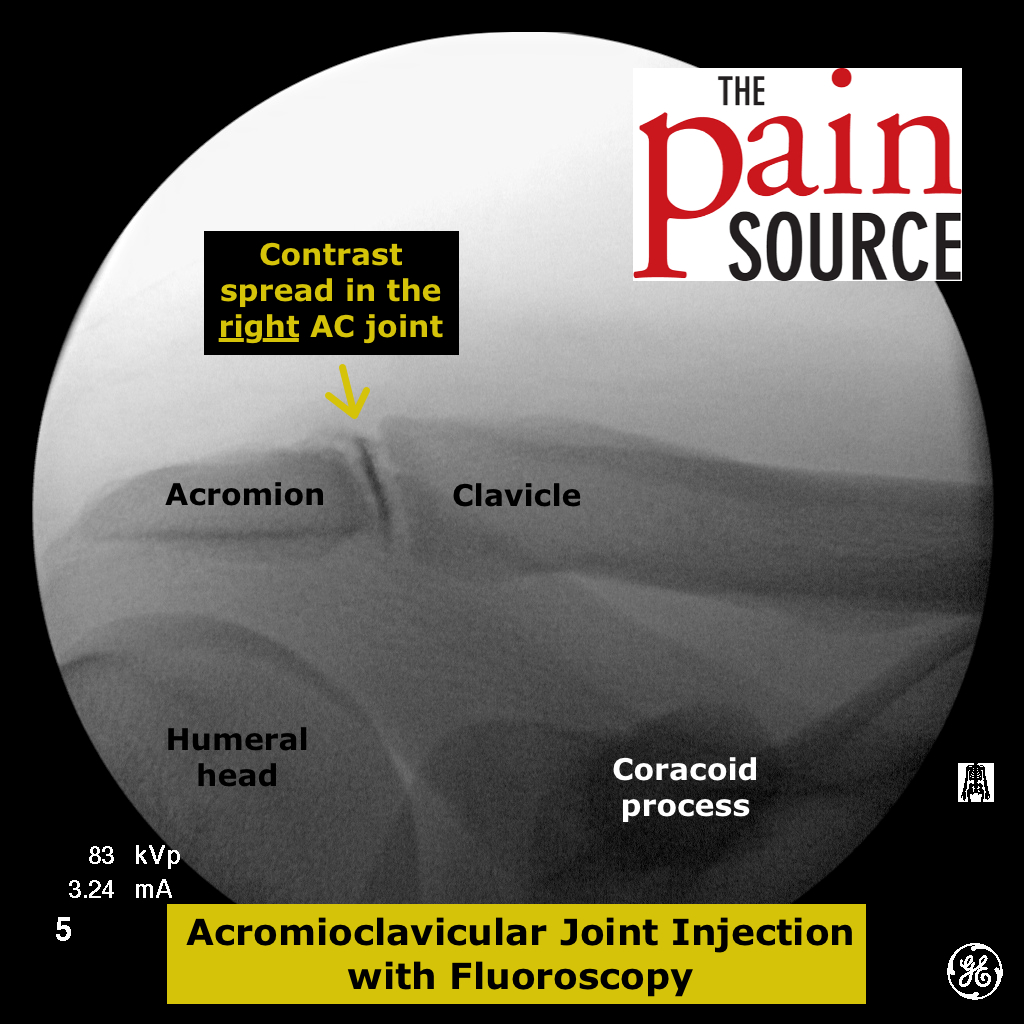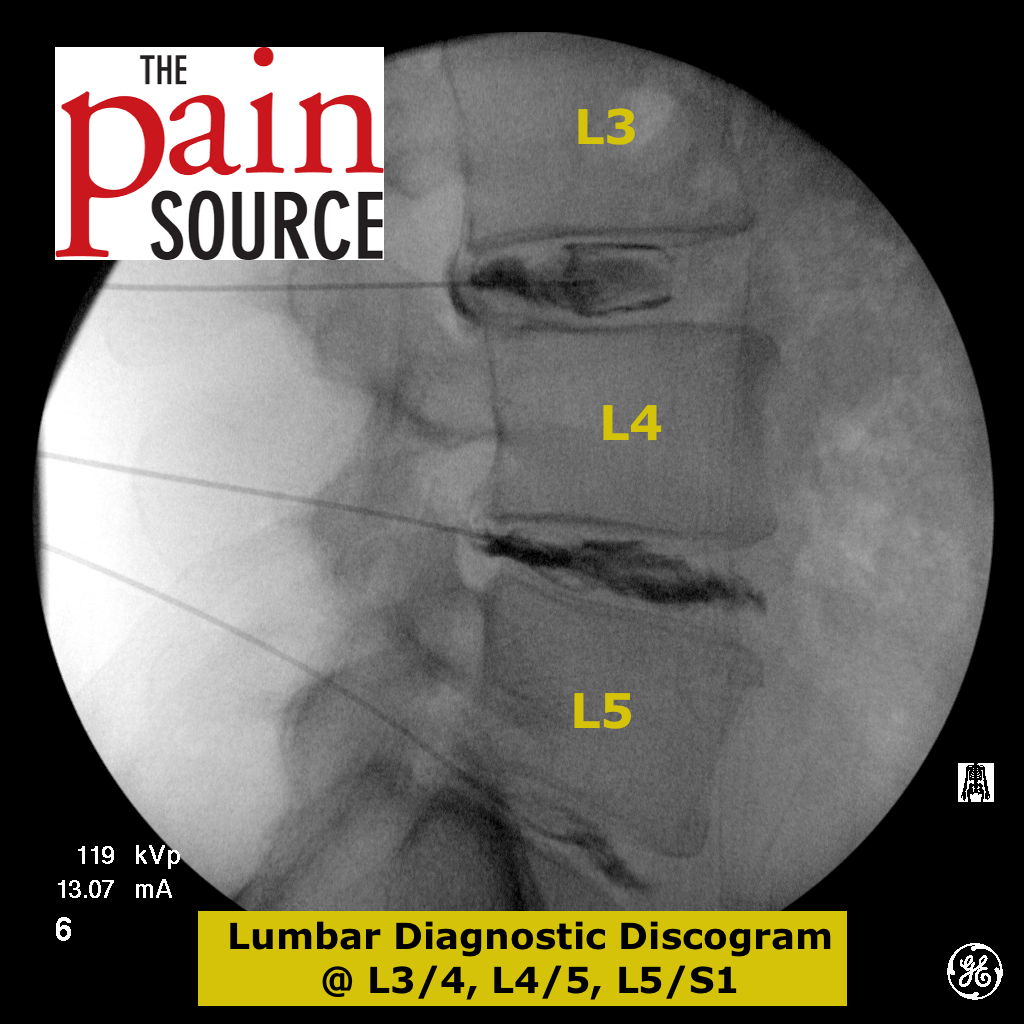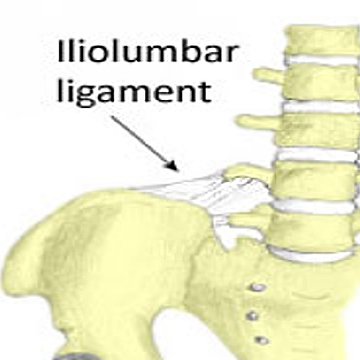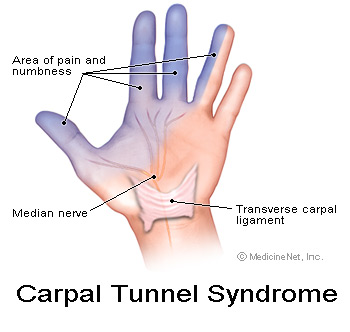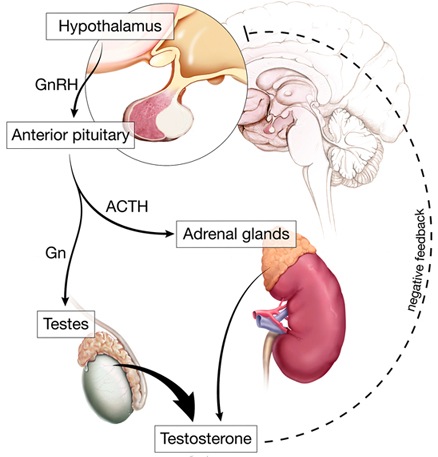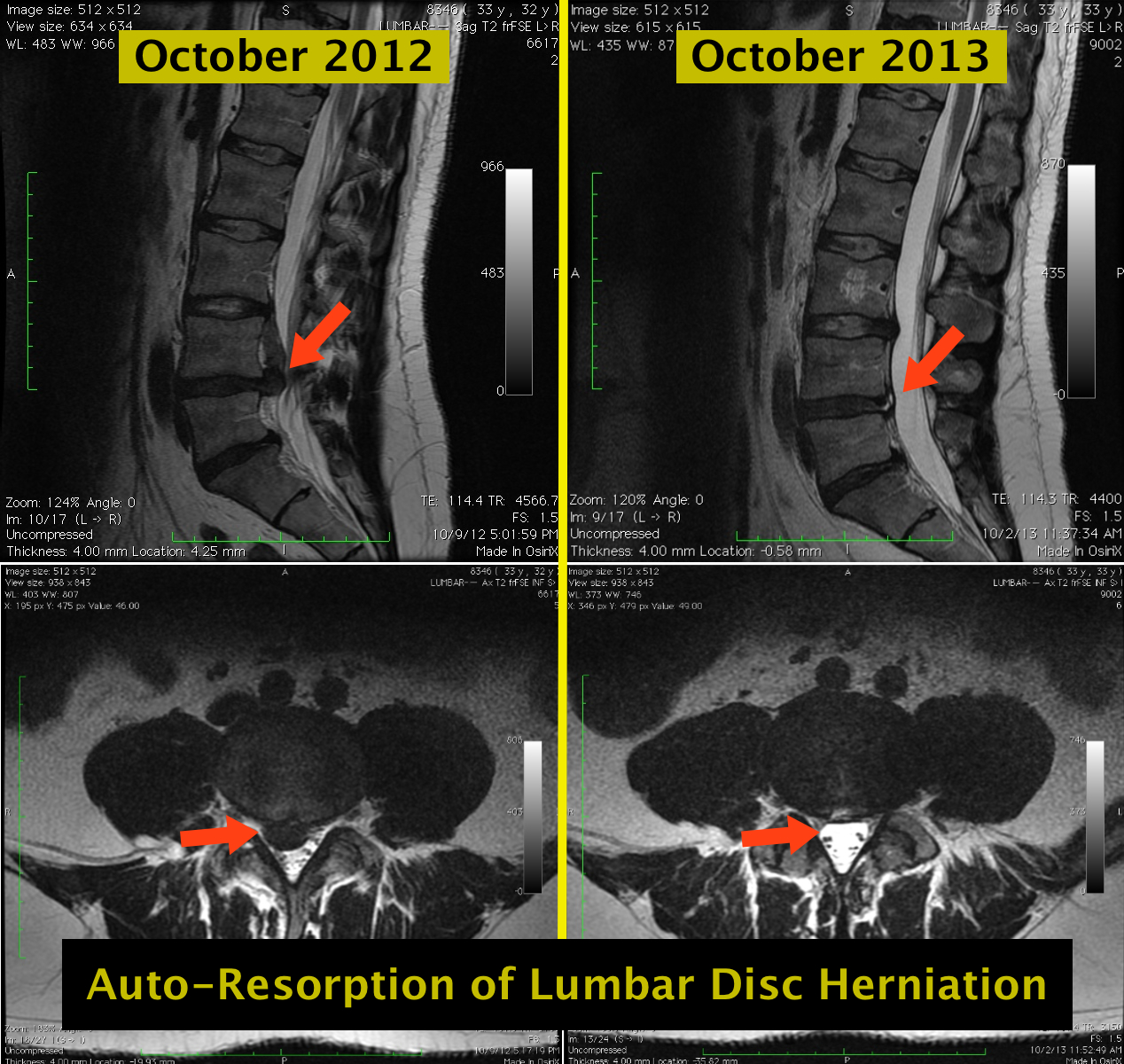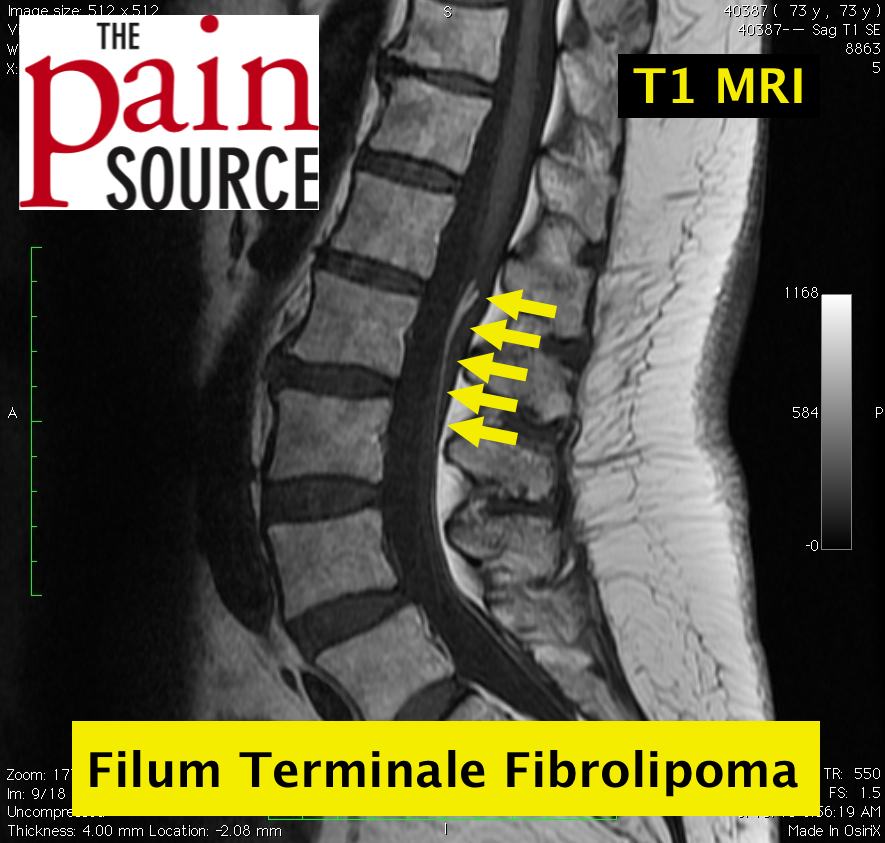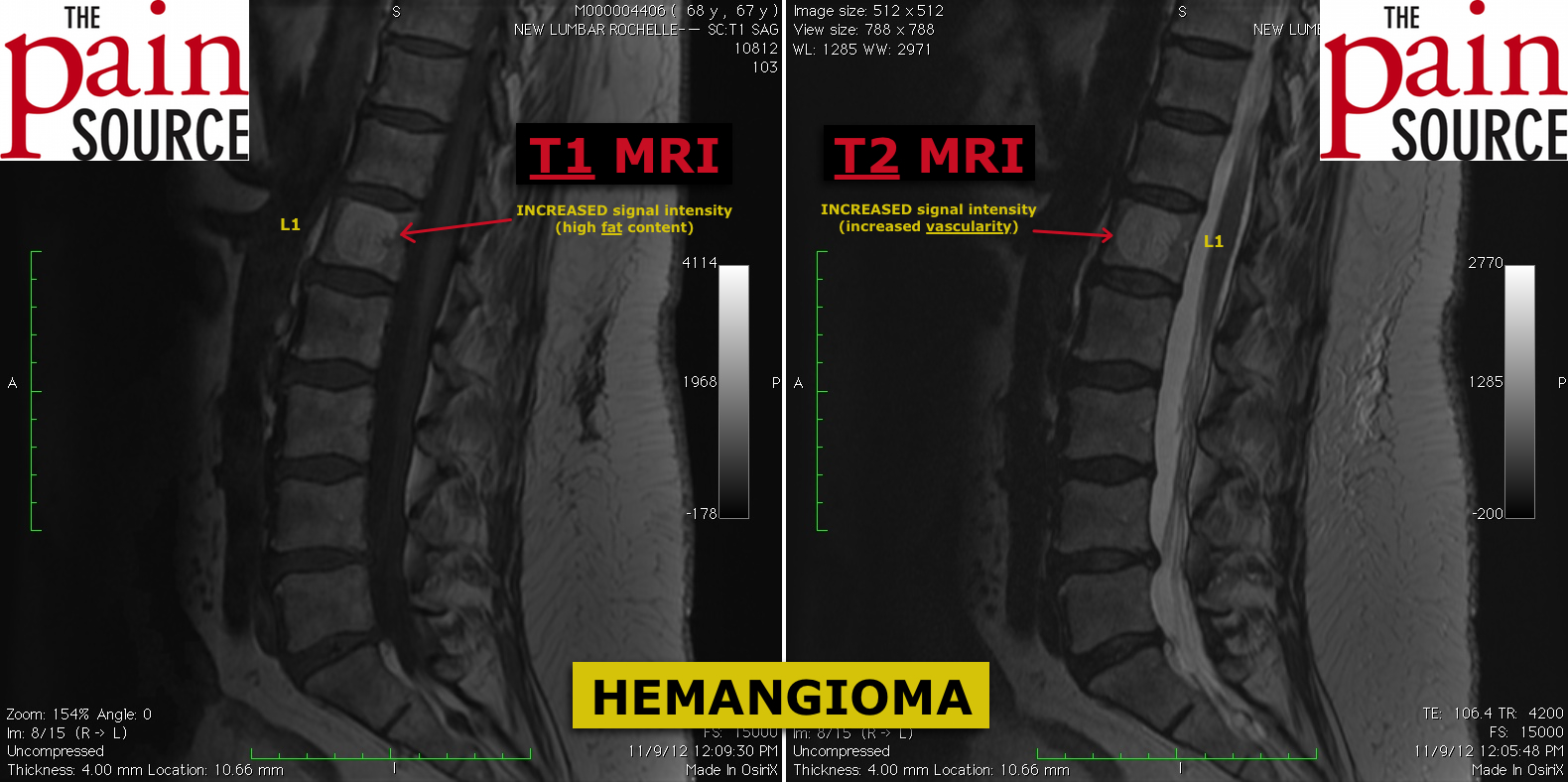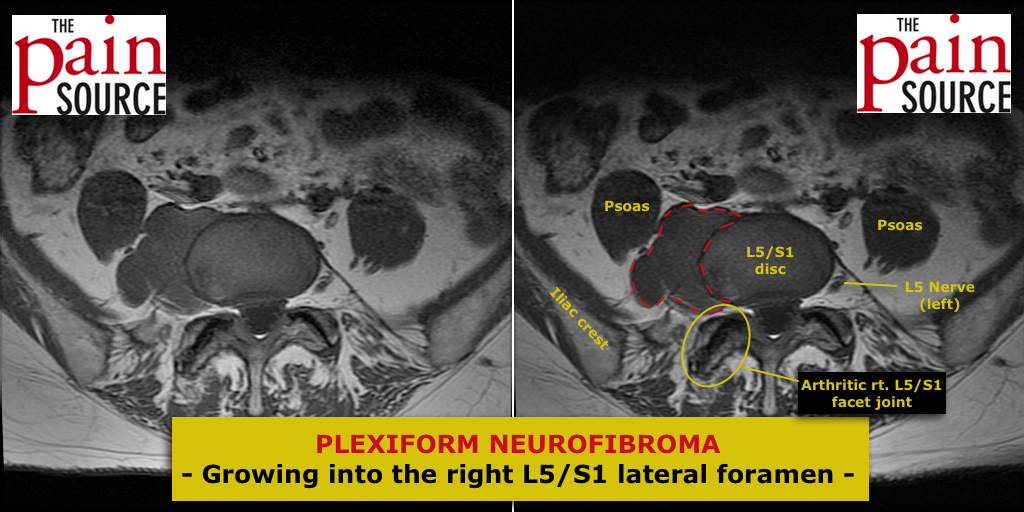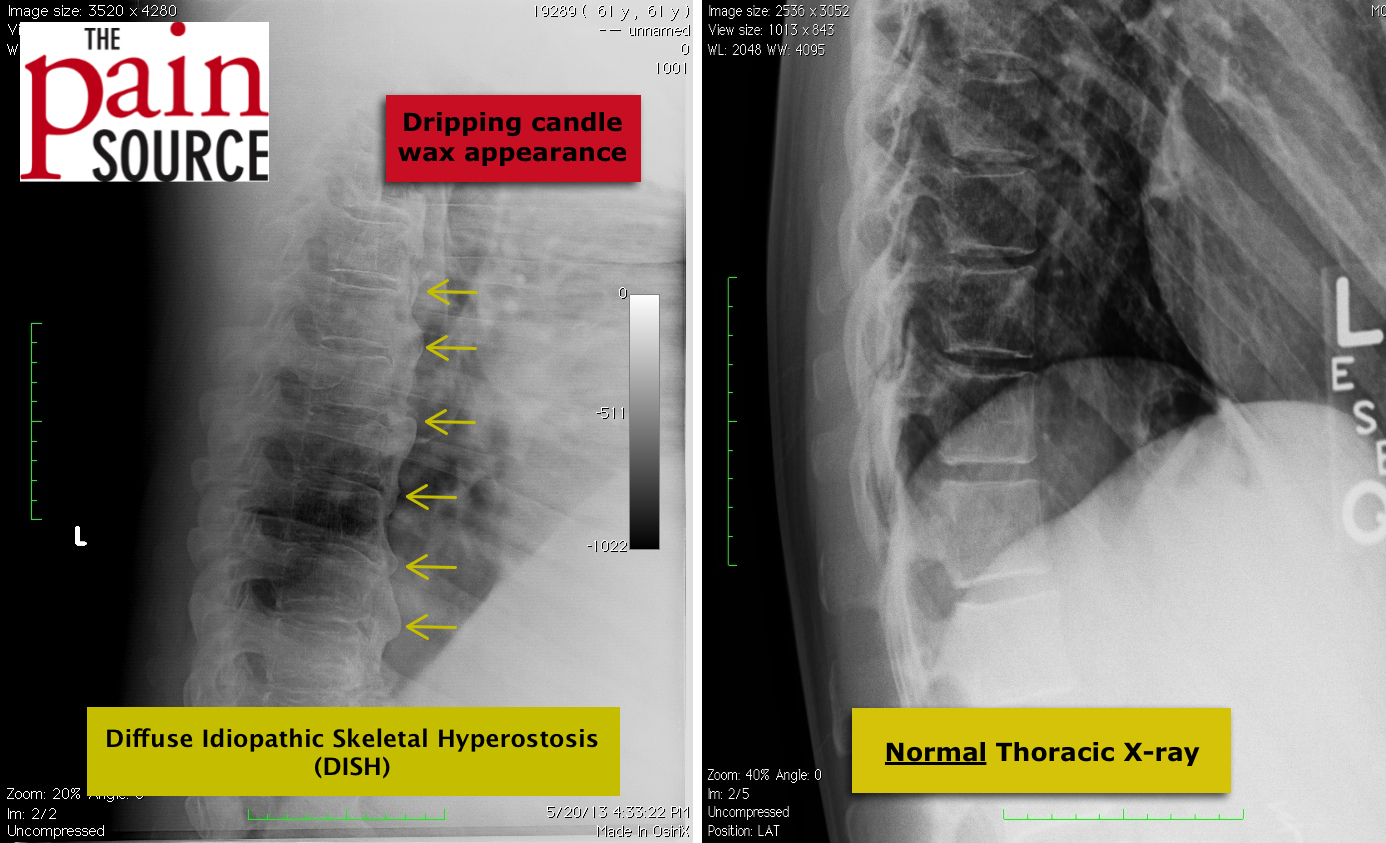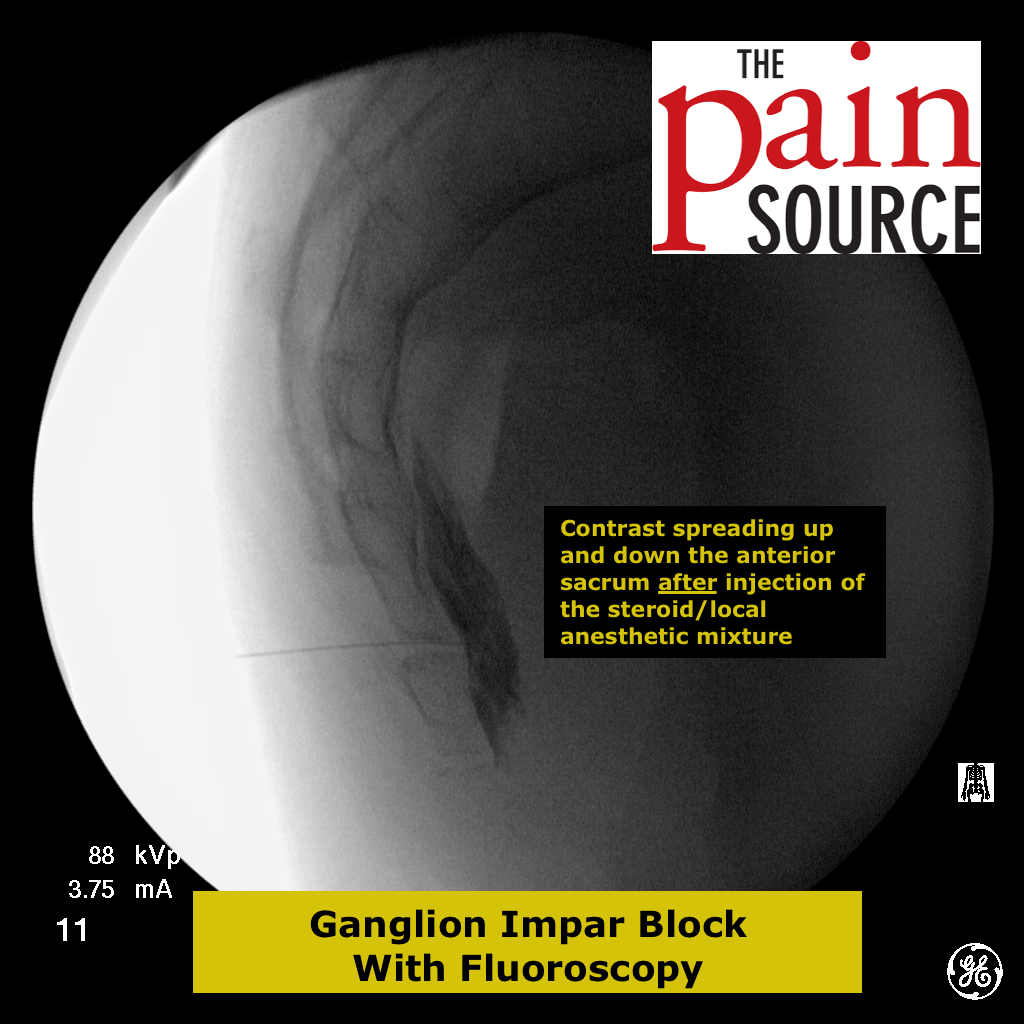By Chris Faubel, MD —
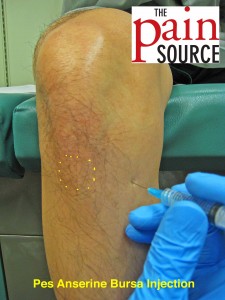
Indications
- Pes anserine bursitis / Pes anserinus bursitis
- ICD-9 code: 726.61 “pes anserinus tendinitis or bursitis”
- ICD-10 code: M70.5 “other bursitis of knee”
CPT code: 20610 “Arthrocentesis, aspiration and/or injection; major joint or bursa”
Materials Needed
- Pen – clicking type
- Gloves – non-sterile
- Alcohol swabs (or providone-iodine)
- Band-aid
- 25-gauge 1.5″ needle (depending on body habitus) and 3-ml syringe
- Injectate
- 1-ml of 40mg/ml Depo-Medrol or Kenalog
- 2-ml of 1% lidocaine
- For skin numbing: Tuberculin needle/syringe (27-gauge, 1/2″) filled with 0.5ml of 1% lidocaine
Technique / Procedure Steps
- Always start with informed consent from the patient, and then a time-out to verify correct patient and injection site.
- Mark the injection site with the pen tip in order to leave an impression in the skin — point of maximal tenderness.
- Clean the skin thoroughly with as many alcohol swabs as needed (usually 1-2 is needed).
- Patient position: seated (legs off the side of the table/chair)
- With the 25G 1.5″ needle, enter the skin going perpendicular to the tibia/bursa. Once periosteum is met, back off 1-2mm.
- Aspirate to make sure you’re not in any vessel.
- After negative aspiration, inject the full contents of the syringe (injectate should flow easily).
- Withdraw the needle and apply band-aid.
Tips
- Finding the injection site
- With the patient in the position that the procedure will be performed (seated), have the them find the point of maximal tenderness (POMT). Can be in a large area medial to the patellar tendon and tibial tuberosity.
- Numbing the skin
- Find out all about “Taking the Sting Out” (of injections) by going here.
- Since I use a 25G needle, most patients have no problem with the injection and don’t need any extra lidocaine skin wheal or freezing spray.
- I tell them numbing the skin with lidocaine may possibly hurt more than the actual injection.
- Procedure for a “pain free” injection
- Fill a 27G 1/2″ tuberculin syringe with 0.5-ml of 1% lidocaine.
- Use ethyl chloride spray to “numb” the skin over the injection site; then quickly create the skin wheal of lidocaine.
- Insert the tip of the needle just below the surface of the skin, almost at a parallel angle. Then inject about 0.5-ml to create the skin wheal.
- After the injection
- Have the patient move their knee for a few seconds while you throw away used supplies.
- Then, have the patient stand and walk around so they can see the immediate results of the lidocaine.
- Explain to the patient that the lidocaine will wear off in an hour or so, and that they will be back to their normal pain until the steroids start kicking in (anywhere from 1-7 days).
- May also ask the patient to not do much activity with that knee for 12-24 hours.


